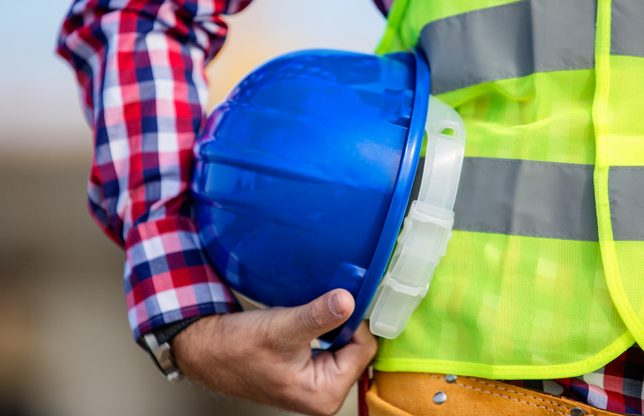As the definition of workplace safety changes, the definitions of who and what make up the landscape evolve as well, most especially the “lone worker.” The lone worker is an employee who performs an activity that is carried out in isolation from other workers without close or direct supervision.
The American Society of Safety Engineers asserts that “The lone worker is no longer confined to those working in hazardous situations or with hazardous materials, but can affect personnel in a wide range of industries such as municipalities, manufacturing, oil and gas/pipeline, utilities, agriculture or schools.”
According to the General Duty Clause, Section 5(a)(1) of the Occupational Safety and Health Act of 1970, employers are required to provide their employees with a place of employment that is “free from recognized hazards that are causing or are likely to cause death or serious harm.” Even though there are no specific laws on how to protect lone workers, here are some guidelines which can help mitigate the likelihood of harm:
- Ensure lone workers have no medical conditions which can make them unsuitable for working alone (e.g. someone with seizures with unknown triggers and/or unable to treat with medications).
- Conduct a job hazard analysis, keeping in mind that some tasks may be too difficult or dangerous to be carried out alone.
- Develop contact and communications procedures in place for lone workers who may be at an increased risk of workplace violence.
Some of the situations which raise concern within organizations have been measured by Everbridge, Inc. Alarmingly, but not surprisingly, the “Safety of employees in our own facilities” leads the trend of employees’ worry of working in a safe environment.
Lone Worker Chart
Recommended methods to enhance lone worker safety include, but are not limited to: having a panic button within easy access, procedures which include check-in capabilities between employees and security personnel as well as constant, effective communication if the individual(s) feel uncomfortable with situations as they arise.
We, as representatives of government entities owe – to ourselves and our customers – an environment with hazards mitigated to the best of our abilities. Enhanced security and safety measures not only encourage a healthy morale among employees but also promote the image of government as responsible and accountable community partners.
Jennifer Logan-Porter is part of the GovLoop Featured Blogger program, where we feature blog posts by government voices from all across the country (and world!). To see more Featured Blogger posts, click here.





Leave a Reply
You must be logged in to post a comment.